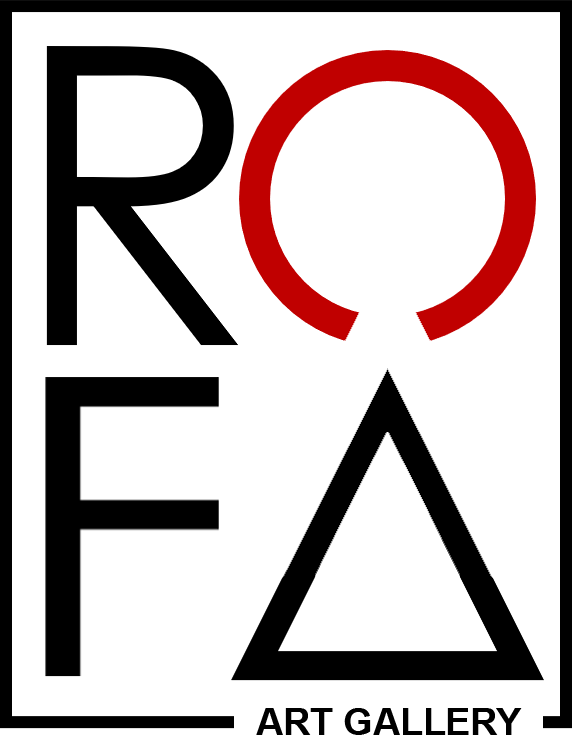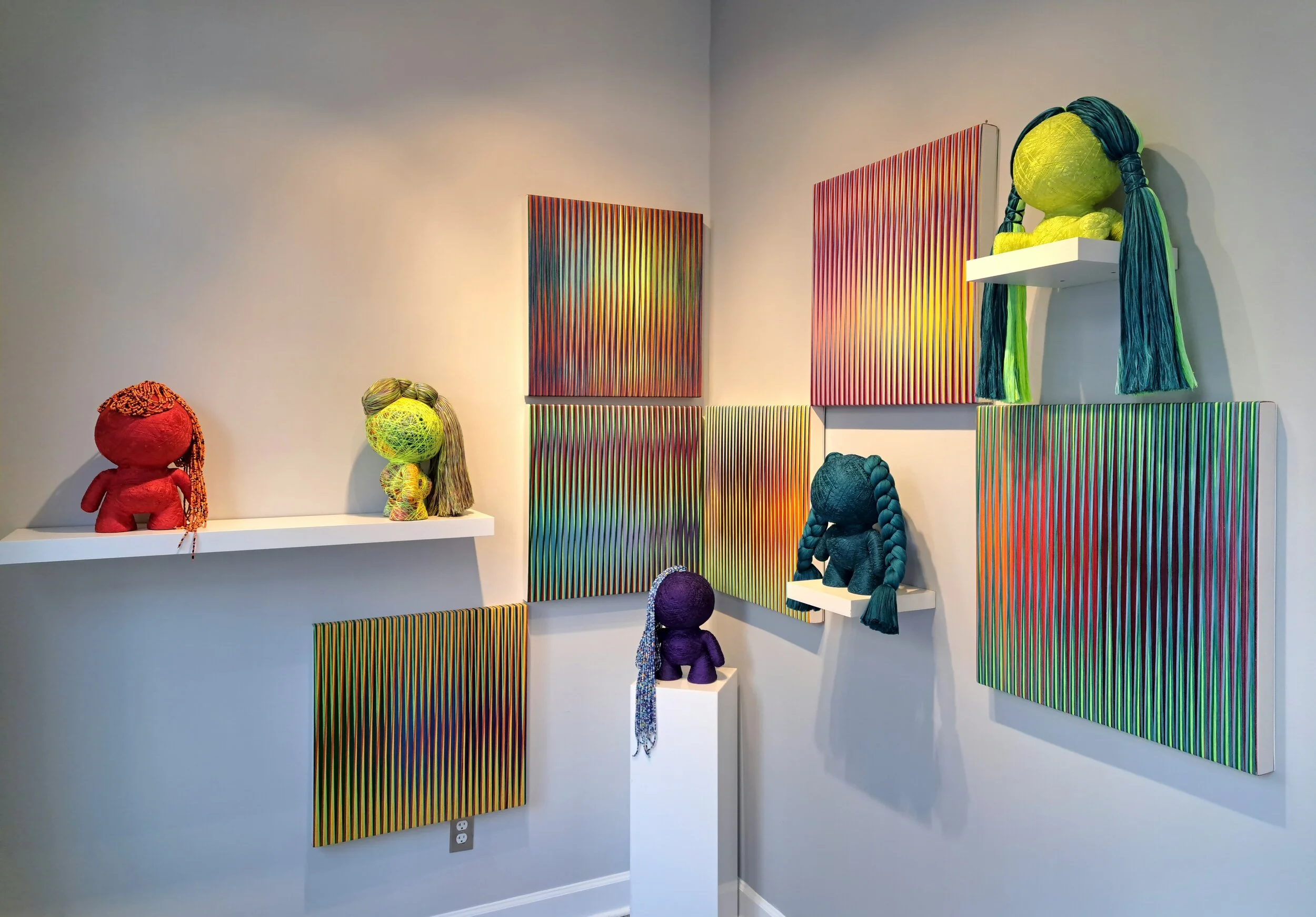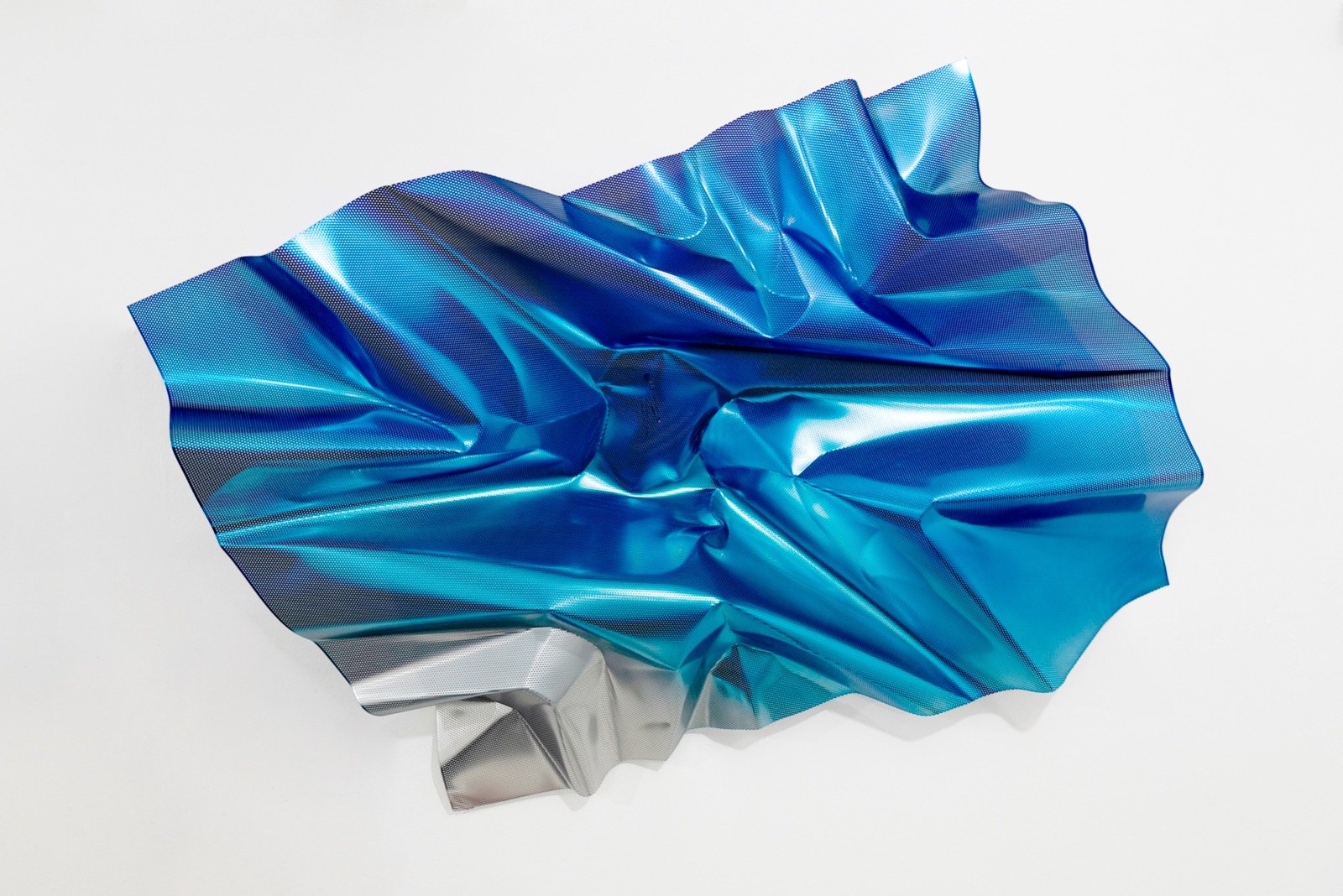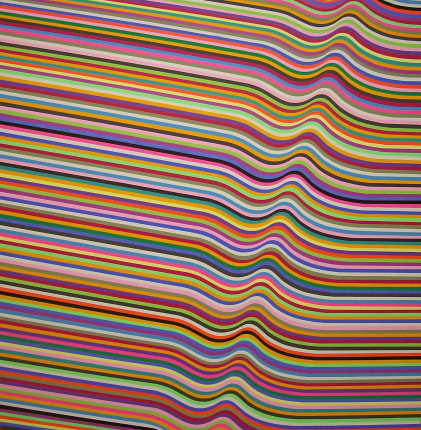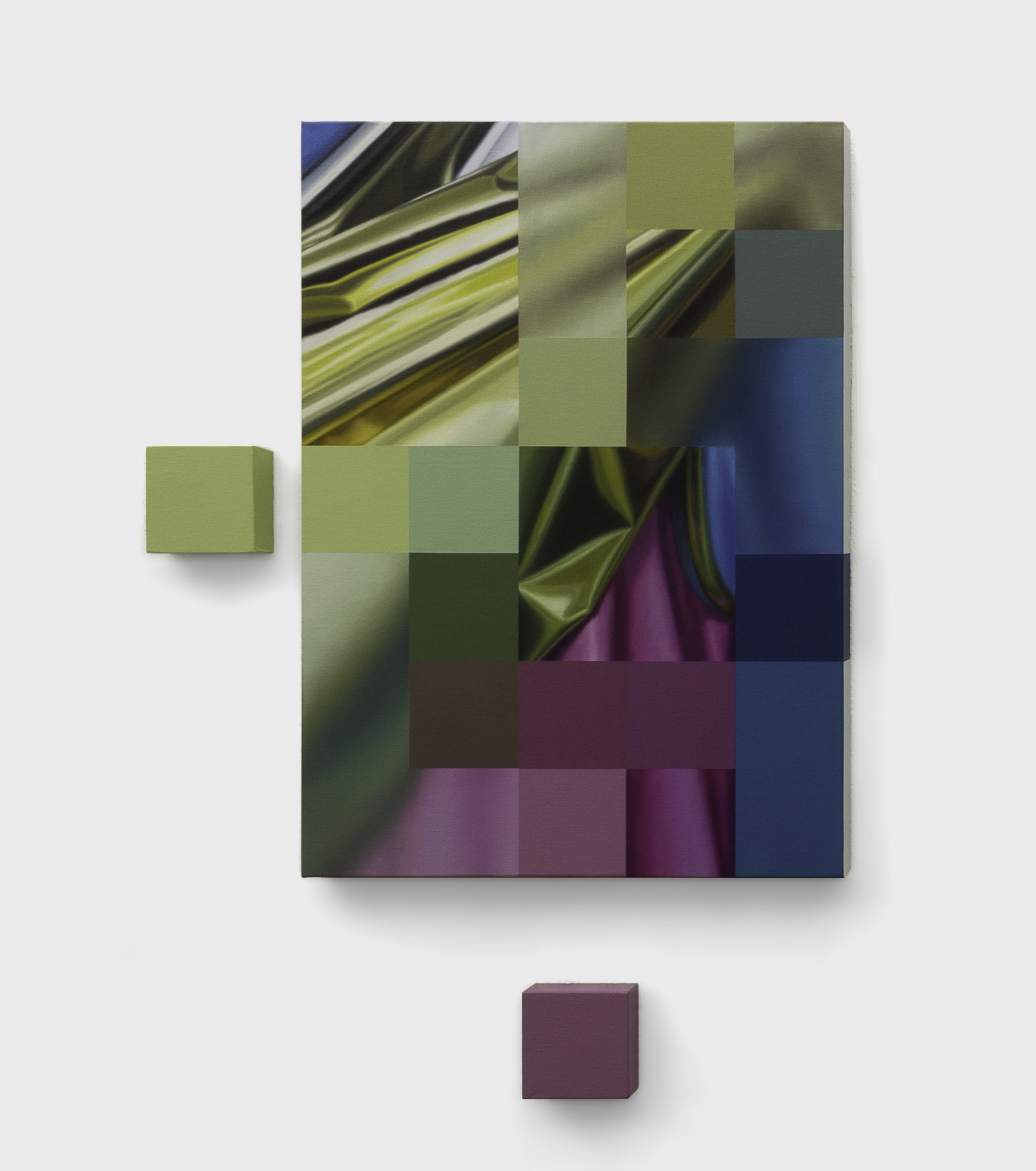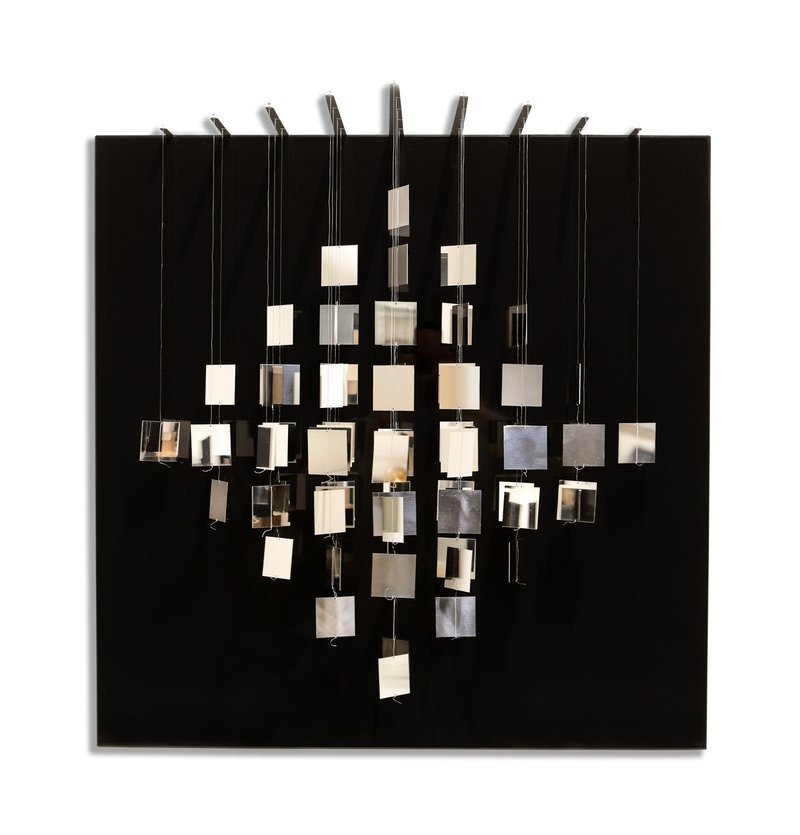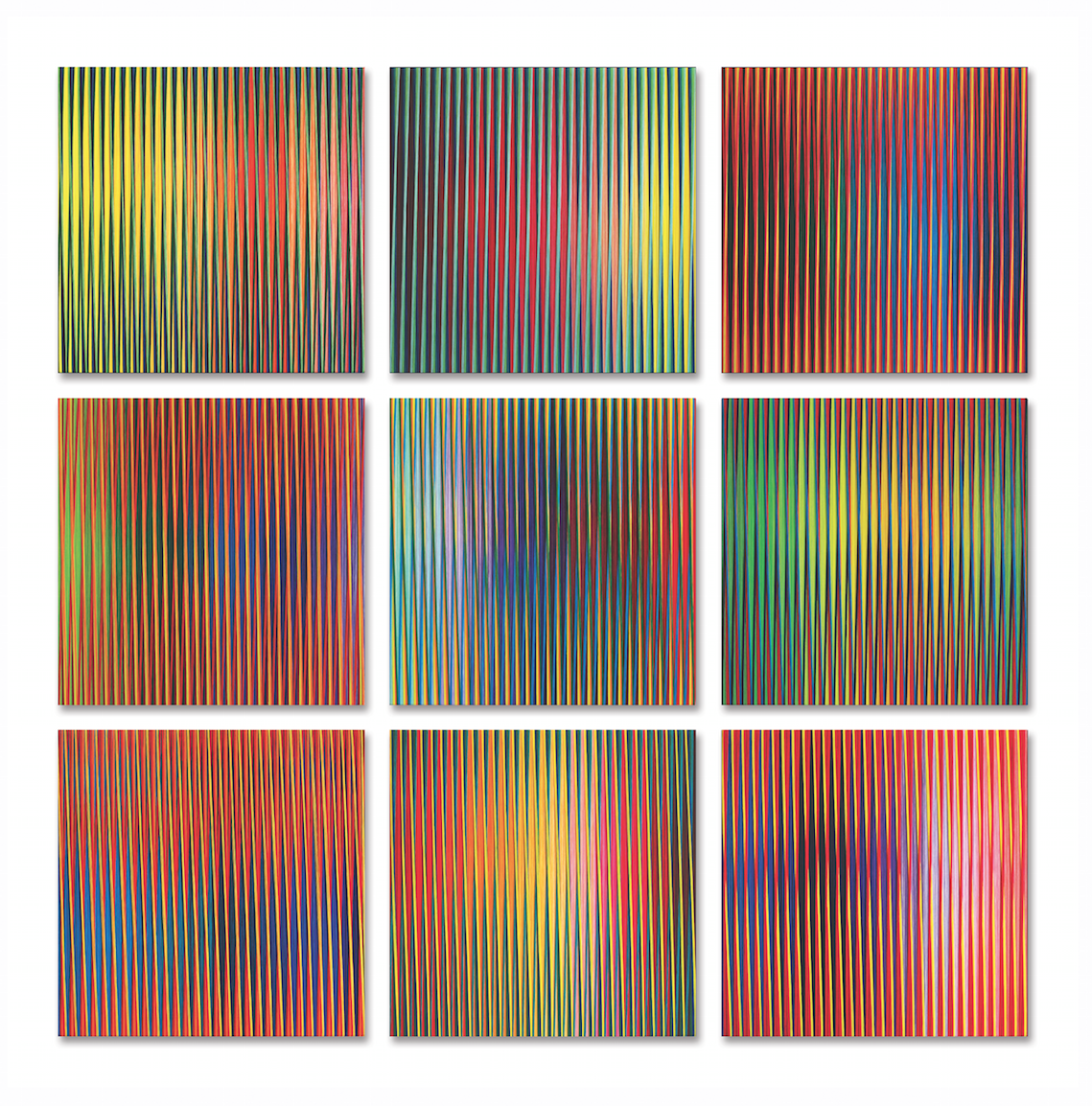Impure Geometries
In Collaboration with Beta Gallery
361 Main Street, Kentlands, Gaithersburg, Maryland, 20878 USA
November 12 - December 30, 2022
Artists
Impure Geometries
Impure Geometries presents the legacy of Geometric Abstraction in Latin America, established between 1940 and 1970, by showcasing geometry-inspired artwork by contemporary artists from the US and Latin America. The exhibition highlights the figure of Julio Le Parc as one of the great forerunners of the 20th century and shows the creation and evolution of abstraction by the new generations of artists in Latin America.
Latin American Geometric Abstraction was initiated by the painter Joaquín Torres-García and then, starting in the 1940s, a significant number of artists from Argentina, Brazil, Uruguay and Venezuela followed his example.
The presence of Latin American artists in Europe and the influx of European artists into Latin America was key in the rise of geometric abstraction. Carlos Raul Villanueva in Caracas was undoubtedly one of the great forgers of this movement, in which Arp, Leger, Calder, Otero, among others, participated. In 1960 Le Parc created his first Mobile and already in 1966 he won the Gold Lion at the Venice Biennale. In 1965 the MOMA presented The Responsive Eye and in 1967 Soto created his first penetrable!
Impure Geometries examines contemporary Latin American artists who pay tribute to these great forerunners with their work. Movement and artists in constant reaffirmation and interrogation of the still evolving role of abstraction.
Within this modernist tradition, Julio Le Parc (Argentina, 1928) is one of the most recognized figures in the field of research and experimental visual arts focused on modern Op-art and Kinetic art. To understand the work of Le Parc it is important to move away from the notion of a stable, unique and definitive work. For the artist, "the multiple variety of situations in the same experience" are fundamental in his work, since its aim is to give prominence to the viewer at the center of a phenomenon.
As well as Le Parc, Aldo Chaparro (Peru, 1965) uses materials from the industrial era, such as wood or steel sheets, a material that he transforms into an artistic object using his body and weight to bend and mold it. Chaparro explores form through the void, matter and the human body through rapid processes to transform prefabricated materials into unique objects. Using elements commonly used for construction, he creates forms in balance by manipulating and subtracting matter.
Javier Peláez (Mexico, 1976) is a virtuoso painter with a “realistic” approach to painting, who over the years has developed a body of work that explores the limits of reality. From an analytical perspective, his recent work considers the semantic possibilities of painting to reconfigure elements of reality, presenting them in a field in which they become uncertain and oscillate between figuration and abstraction.
The influence of Venezuelan Kinetic Art is undeniable in the works of Reymond Romero (Venezuela, 1979). Romero develops his work through the use of textiles. Overlapping and intertwined threads produce different colors and three-dimensionality according to the location of the viewer.
Two Argentinian women adhere to solid, angular geometries. The influence of the Visual Art Research Group -GRAV- (founded by Julio Le Parc and Francisco Sobrino in 1960) is key in the works of Lao Gabrielli (Argentina, 1971). In the artist's work, the lines are altered, accelerating their movement through symmetrical and precise sequences and chromatic variations that expand the pictorial object to two or more dimensions.
For Cristina Ghetti (Argentina, 1969), the re-contextualization of the Argentine Art of the 60's is also fundamental. The artist incorporates ideas from Abstraction, connecting them with forms and ideas from different artistic periods, such as Op Art and Kinetic Art, incorporating digital and traditional media.
Impure Geometries brings together 6 contemporary Latin American artists, committed to the hybrid language of abstraction of our times based on the most powerful modernist tradition in Latin America. The presence of this tradition and its visual codes evidence the universality of their works.
Daniela Camero Rosso and Gabriela Rosso
“I believe it is possible that, through horizontal and vertical lines constructed with awareness, but not with calculation, led by high intuition, and brought to harmony and rhythm, these basic forms of beauty, supplemented if necessary by other direct lines or curves, can become a work of art, as strong as it is true” - Piet Mondrian-
